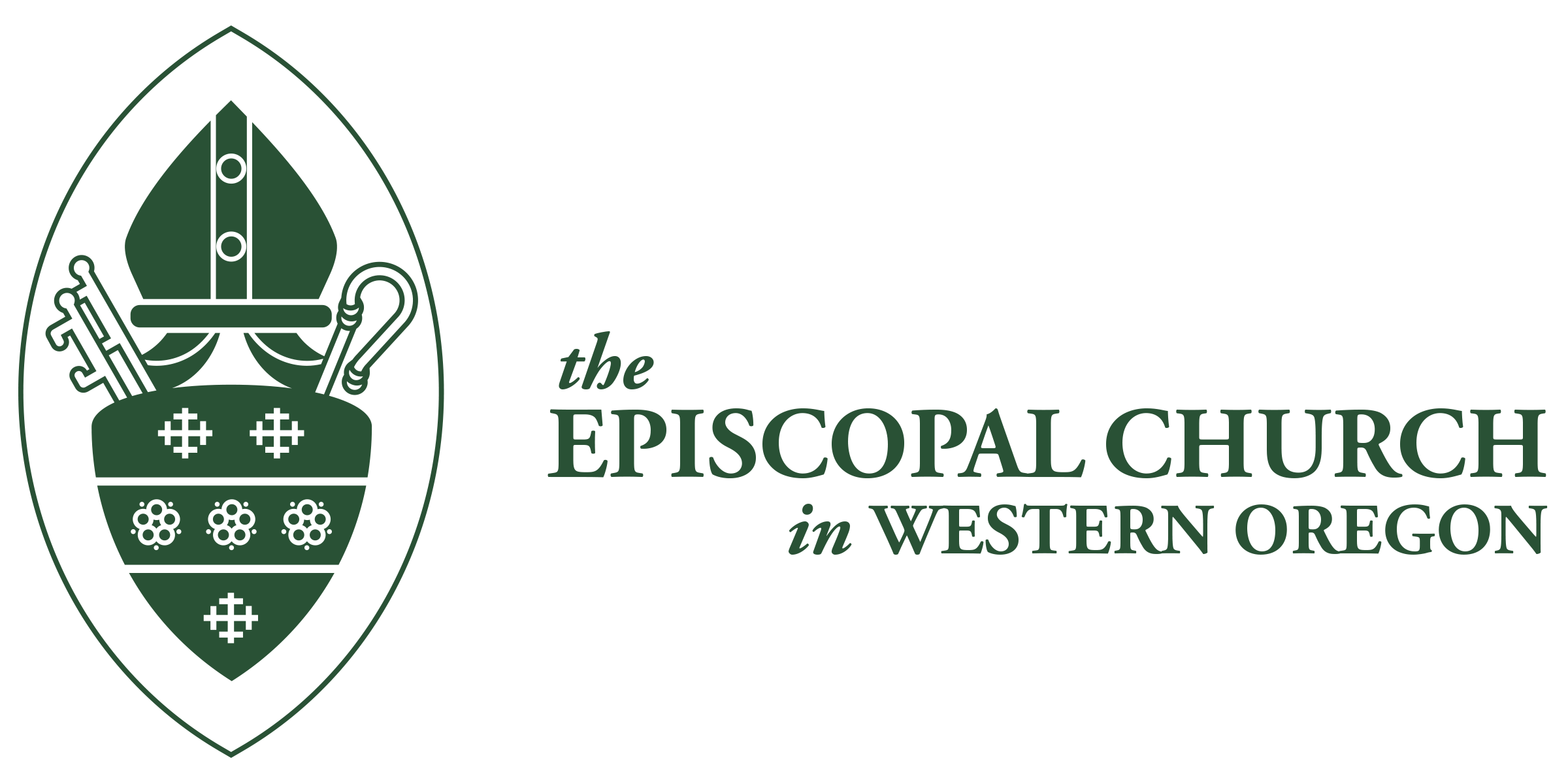This blog is written by the Rev. Nancy Gallagher, Rector at St. John the Divine in Springfield, Oregon. Joining Nancy in the videos below is Deacon Jackee Martinez.
I took a class on evangelism and through that class, I was introduced to TryTank and their Evangelism Experiment. TryTank is an experimental lab sponsored by the Virginia Theological Seminary and General Theological Seminary and led by the Rev. Lorenzo Lebrija.
The Evangelism Experiment wonders if we can use social media and other avenues to introduce ourselves to strangers and then build a relationship that leads to spiritual conversations (and maybe increase attendance). And since folks like answers to their questions, the Experiment Manager, the Rev. Ken Kroohs, encouraged us to make videos – short and to the point – that answer questions that seekers and other folks might watch.
Our little church in Springfield is technologically naïve. We don’t livestream our services because even if we received a grant to purchase the hardware and software, we don’t have the peopleware to use it effectively. Yet, we do have a Facebook page and a volunteer, Susan Walker, who can post on Facebook and loves evangelism. With Ken’s+ encouragement, we wrote 4 short scripts, and Susan Walker filmed me and our beloved Deacon Jackee Martinez on her phone. We developed a schedule to post and boost the videos on our Facebook page.
To get involved with The Evangelism Experiment, reach out to the Rev. Ken Kroohs, experiment manager, HERE.
Our Videos for Lent:
What is Shrove Tuesday? Shrove Tuesday (also known as Mardi Gras or Fat Tuesday), is the day before Ash Wednesday (the beginning of Lent). Pancakes are traditionally eaten to use up all the butter, eggs, sugar and other fattening luxuries that some of us refrain from eating during the introspective season of Lent. Join us at St. John the Divine, Tuesday, March 1, at 5:30 for a Pancake Supper, a mini Mardi Gras, and a chance to celebrate before the somber season of Lent.
What are those smudges on your forehead? Oh, it’s Ash Wednesday! On Ash Wednesday, we impose ashes our foreheads in the mark of the cross. This is a solemn reminder of human mortality that we are dust and to dust we’ll return. It also marks the need for reconciliation with God and the beginning of the penitential Lenten season. It is commonly observed with ashes and fasting.
Where do the ashes come from for Ash Wednesday? Traditionally, ashes used on Ash Wednesday are the ashes from the previous year’s Palm Sunday, which we burn. They are then blessed before being used. Palms are used on Palm Sunday in our church to symbolize Jesus’ triumphant entry into Jerusalem on the Sunday before his crucifixion. Residents of Jerusalem are said to have waved palm fronds to celebrate his arrival.
Lent? Or Lint? It’d not that stuff in the bottom of your pocket or in your belly button. L-E-N-T, Lent, a period of 40 days, not including Sundays, which comes before Easter in the Christian calendar. It’s a time for prayer and penance so we are spiritually prepared for Easter, which commemorates the Resurrection of Jesus. The 40-day period has a special significance in the Old and New Testaments. Moses spent 40 days and nights with God on Mount Sinai in preparation to receive the Ten Commandments. Jesus, just after his baptism, is driven into the wilderness to be tempted by the devil for 40 days.
You can download all of the videos in a Zip file here.
